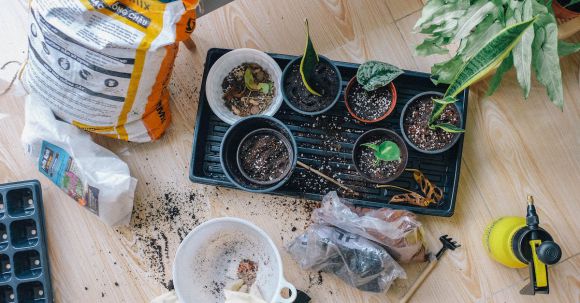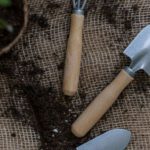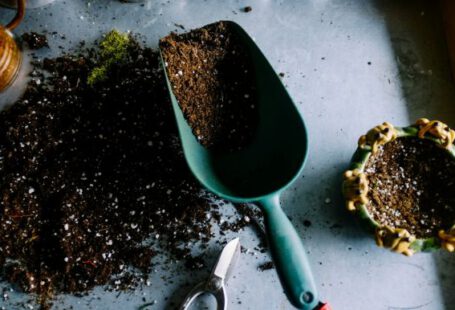Repotting a plant is an important task that every plant owner should know how to do. Whether you are a seasoned gardener or just starting out with your indoor plants, knowing how to repot them properly is crucial for their health and growth. In this article, we will guide you through the steps of repotting a plant, from choosing the right pot to ensuring the plant’s successful transition.
Choosing the Right Pot
The first step in repotting a plant is selecting the right pot. The size of the pot is key, as it should be slightly larger than the current pot the plant is in. This allows the roots to have room to grow without overwhelming them with too much space. Additionally, make sure the pot has drainage holes to prevent water from sitting at the bottom, which can lead to root rot.
Preparing the Plant
Before repotting, it is important to prepare the plant. Start by watering the plant a day or two before repotting. This will ensure that the soil is moist and easier to work with. Gently remove the plant from its current pot, being careful not to damage the roots. If the roots are tightly packed, you can gently loosen them with your hands or a fork to encourage new growth.
Adding Fresh Soil
Once the plant is out of its old pot, it is time to add fresh soil. Choose a high-quality potting mix that is suitable for your specific plant type. Fill the new pot about one-third full with the potting mix. Place the plant in the center of the pot, making sure it is at the same depth as it was in the previous pot. Fill in the gaps with more potting mix, pressing it down gently to secure the plant in place.
Watering and Care
After repotting, give the plant a thorough watering to help settle the soil and eliminate any air pockets. Be careful not to overwater, as this can lead to root rot. Monitor the plant in the following weeks and water as needed, taking into account the specific watering requirements of your plant. Provide adequate sunlight and regular fertilization to support the plant’s growth.
Solving Root-Bound Issues
Sometimes, when repotting a plant, you may come across root-bound issues. Root-bound plants have roots that have grown in a circular pattern, creating a dense mass that can hinder growth. If you notice this, gently tease apart the roots with your hands or a fork to encourage them to grow outwards. You can also trim any overly long or damaged roots before repotting.
Choosing the Right Time
Timing is crucial when it comes to repotting a plant. In general, it is best to repot during the plant’s active growth phase, which is usually in the spring or early summer. Avoid repotting during the dormant period, as the plant may be more sensitive to disturbances. However, if the plant is showing signs of being root-bound or is struggling in its current pot, it may be necessary to repot it regardless of the season.
Conclusion: Happy and Healthy Plants
Repotting a plant properly is essential for its overall health and growth. By choosing the right pot, preparing the plant, adding fresh soil, watering and caring for it properly, and addressing any root-bound issues, you can ensure that your plants thrive in their new homes. Remember to choose the right time to repot, and enjoy watching your plants flourish and bring life to your space.





